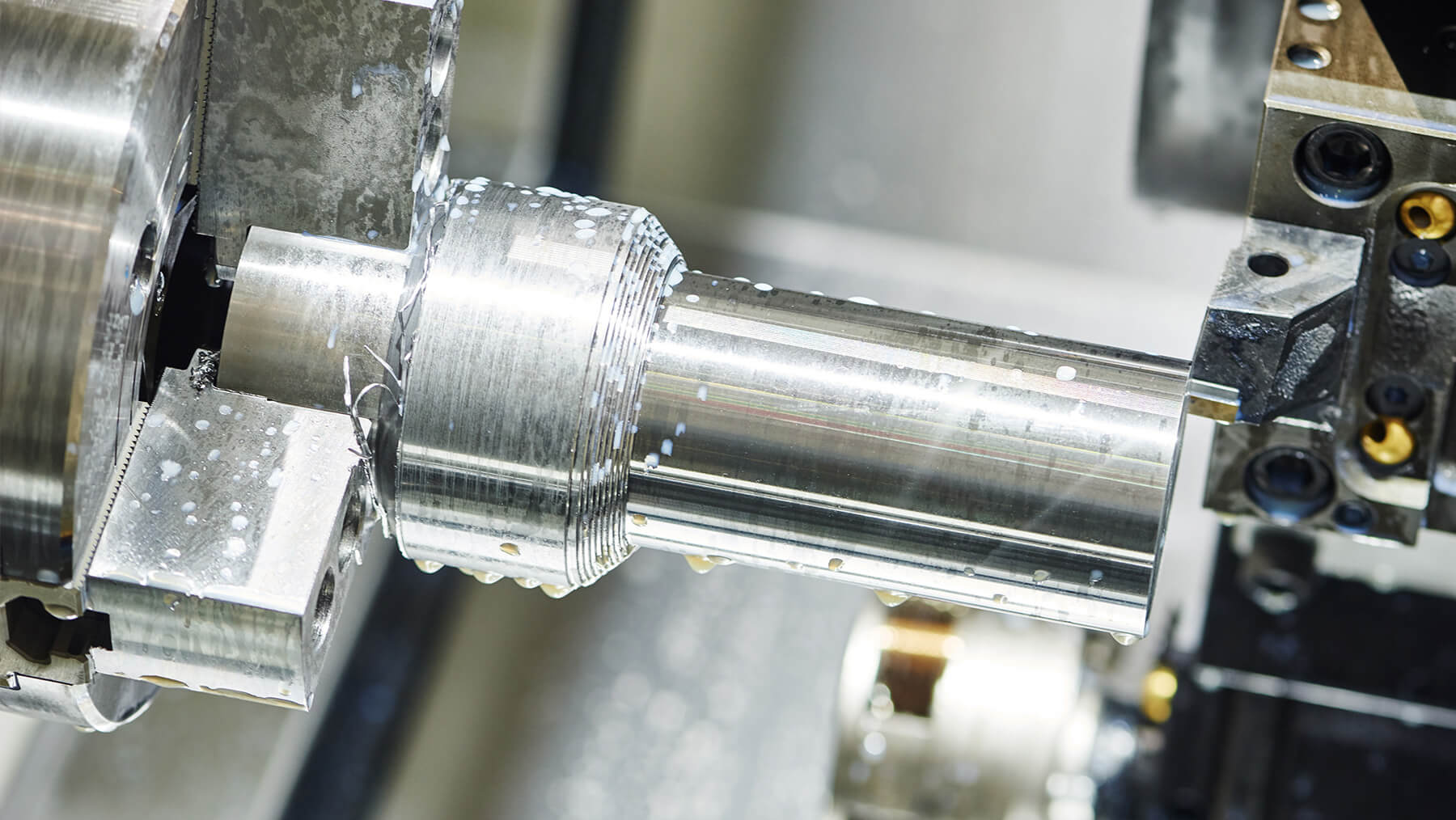
Titanium is a highly sought-after material in various industries due to its exceptional strength, corrosion resistance, and lightweight properties. It is commonly used in aerospace, medical, and automotive applications, among others. When it comes to shaping titanium into specific components, two primary methods are often employed: forging and casting. Each method has its own set of advantages and limitations, making it crucial for manufacturers to understand the differences between the two processes.
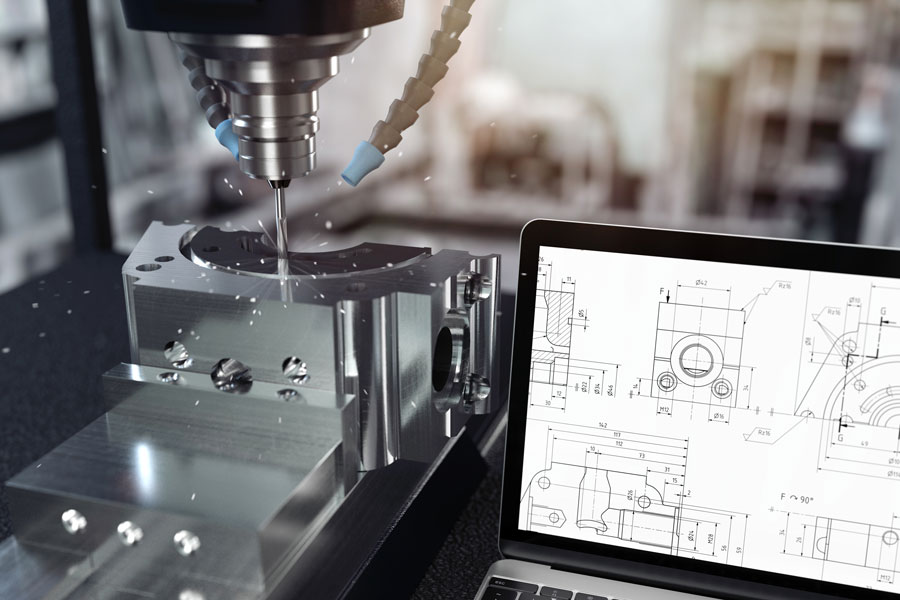
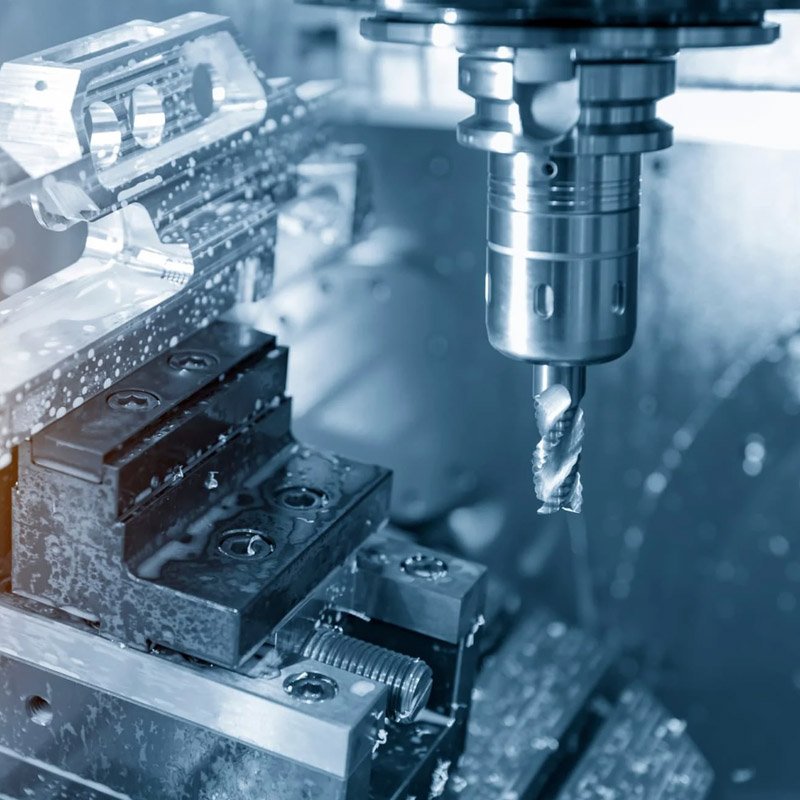
Forging is a manufacturing process that involves shaping metal through the application of compressive forces. In the case of titanium, forging is typically carried out at high temperatures to enhance the material's plasticity and facilitate the deformation process. The result is a component with improved mechanical properties, such as higher strength and better fatigue resistance. Additionally, forged titanium parts often exhibit a finer grain structure, which contributes to their superior performance characteristics. On the other hand, casting is a process that involves pouring molten metal into a mold and allowing it to solidify into the desired shape. While casting is generally a more cost-effective method for producing complex geometries and large components, it may not always yield the same level of mechanical properties and structural integrity as forged titanium parts. Cast titanium components may have a coarser grain structure and higher porosity, which can affect their overall performance and reliability.
One of the key differences between forging and casting titanium lies in the material's microstructure. When titanium is forged, the process aligns the metal's grain structure to follow the shape of the component, resulting in a more uniform and refined microstructure. This alignment enhances the material's mechanical properties and makes it more resistant to fatigue and crack propagation. In contrast, cast titanium parts may exhibit a less uniform grain structure, which can lead to variations in mechanical properties and potentially compromise the component's integrity. Another important consideration is the level of material waste associated with each process.
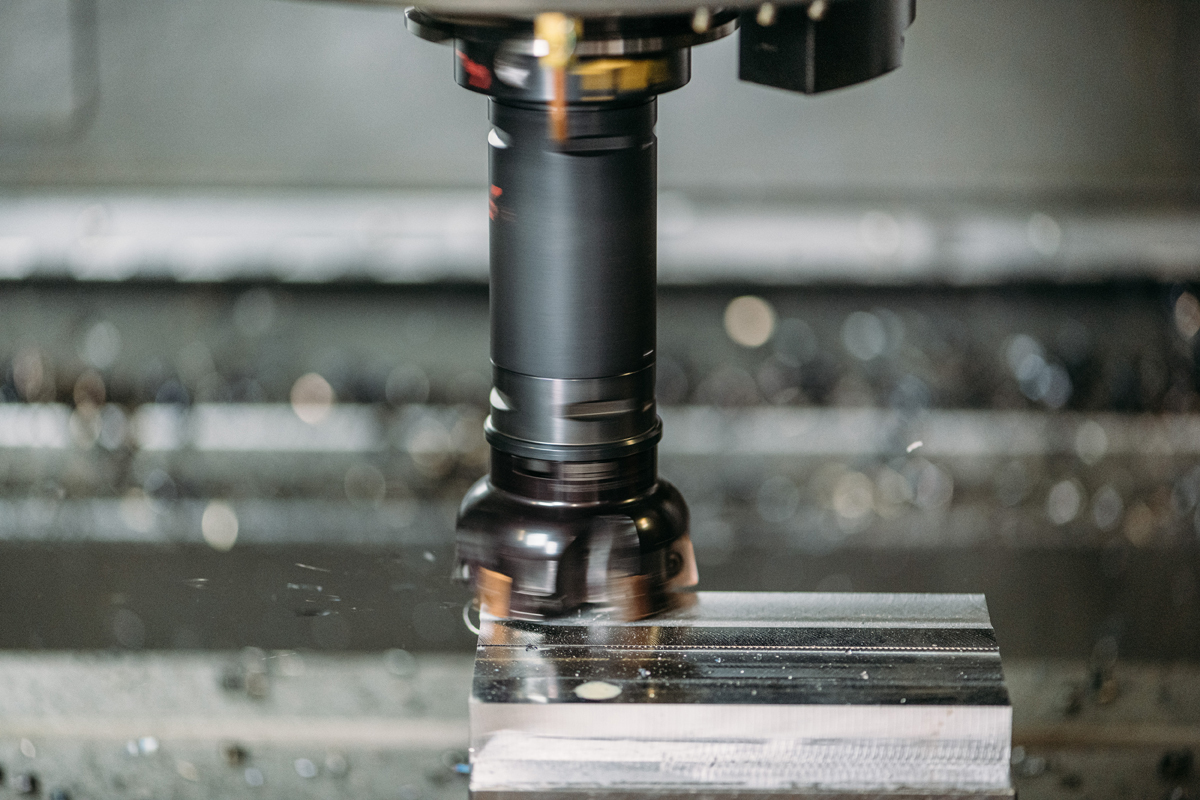
Forging generally produces less material waste compared to casting, as it involves shaping the titanium into the desired form through controlled deformation rather than melting and solidifying the metal. This can make forging a more sustainable and cost-effective option, especially for high-value materials like titanium. Furthermore, the mechanical properties of forged titanium components are often more predictable and consistent than those of cast parts. This predictability is crucial in industries where component reliability and performance are of utmost importance, such as aerospace and medical applications. By controlling the forging process parameters, manufacturers can tailor the mechanical properties of titanium components to meet specific requirements, ensuring a higher level of quality and reliability.
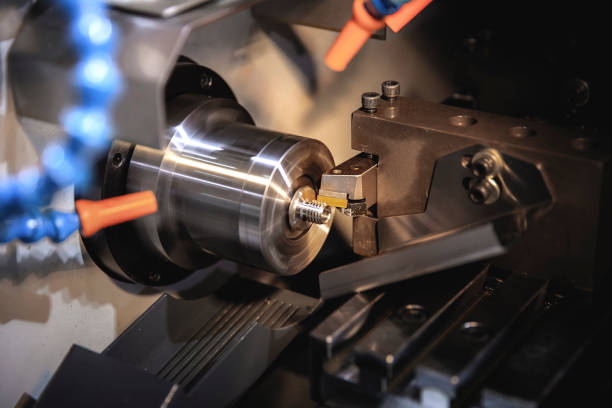
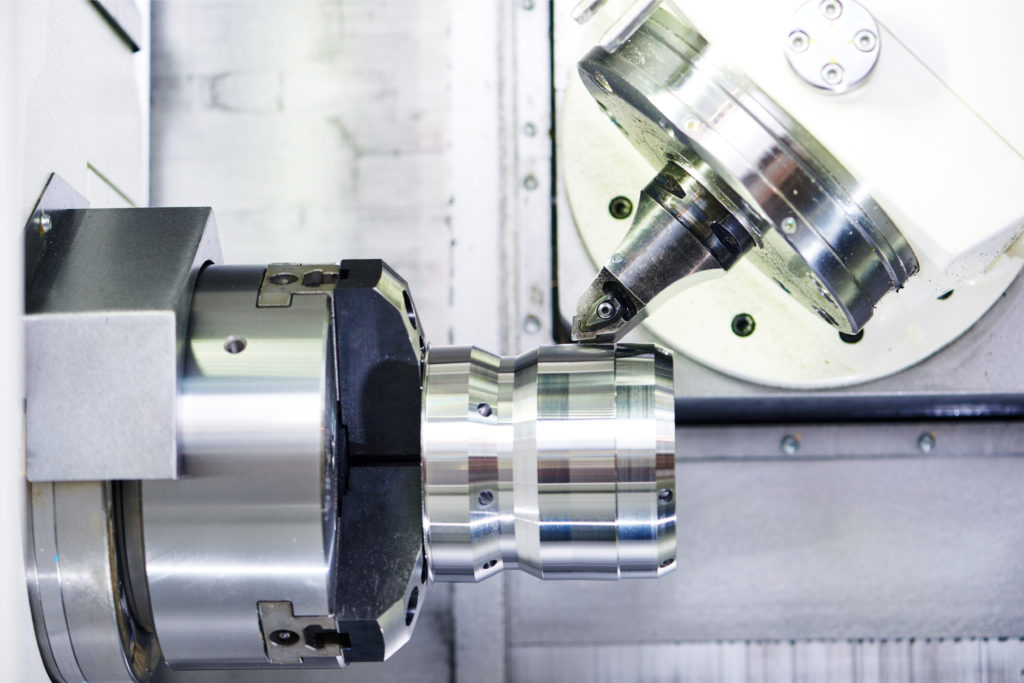
In conclusion, both forging and casting are viable methods for shaping titanium into various components, each with its own set of advantages and limitations. While casting may be more suitable for producing complex geometries and large parts at a lower cost, forging offers superior control over the material's microstructure and mechanical properties, resulting in components with higher strength, better fatigue resistance, and improved reliability. Ultimately, the choice between forging and casting titanium depends on the specific requirements of the application and the desired balance between cost, performance, and sustainability.
Post time: Apr-22-2024
